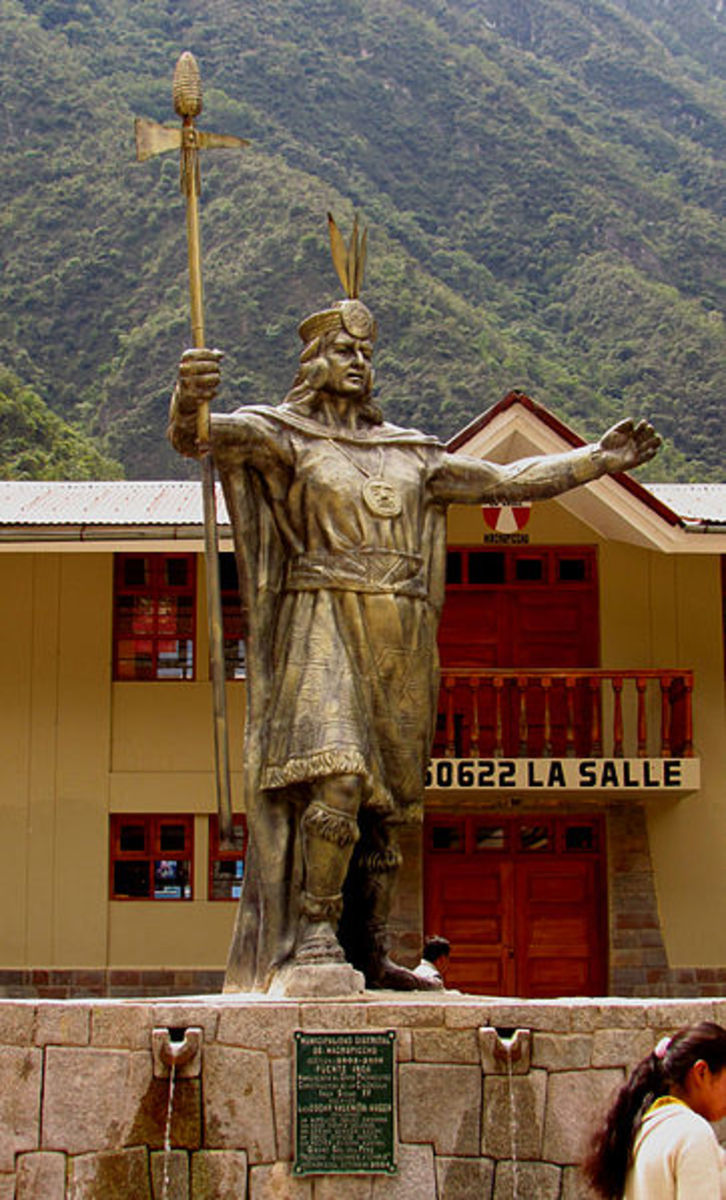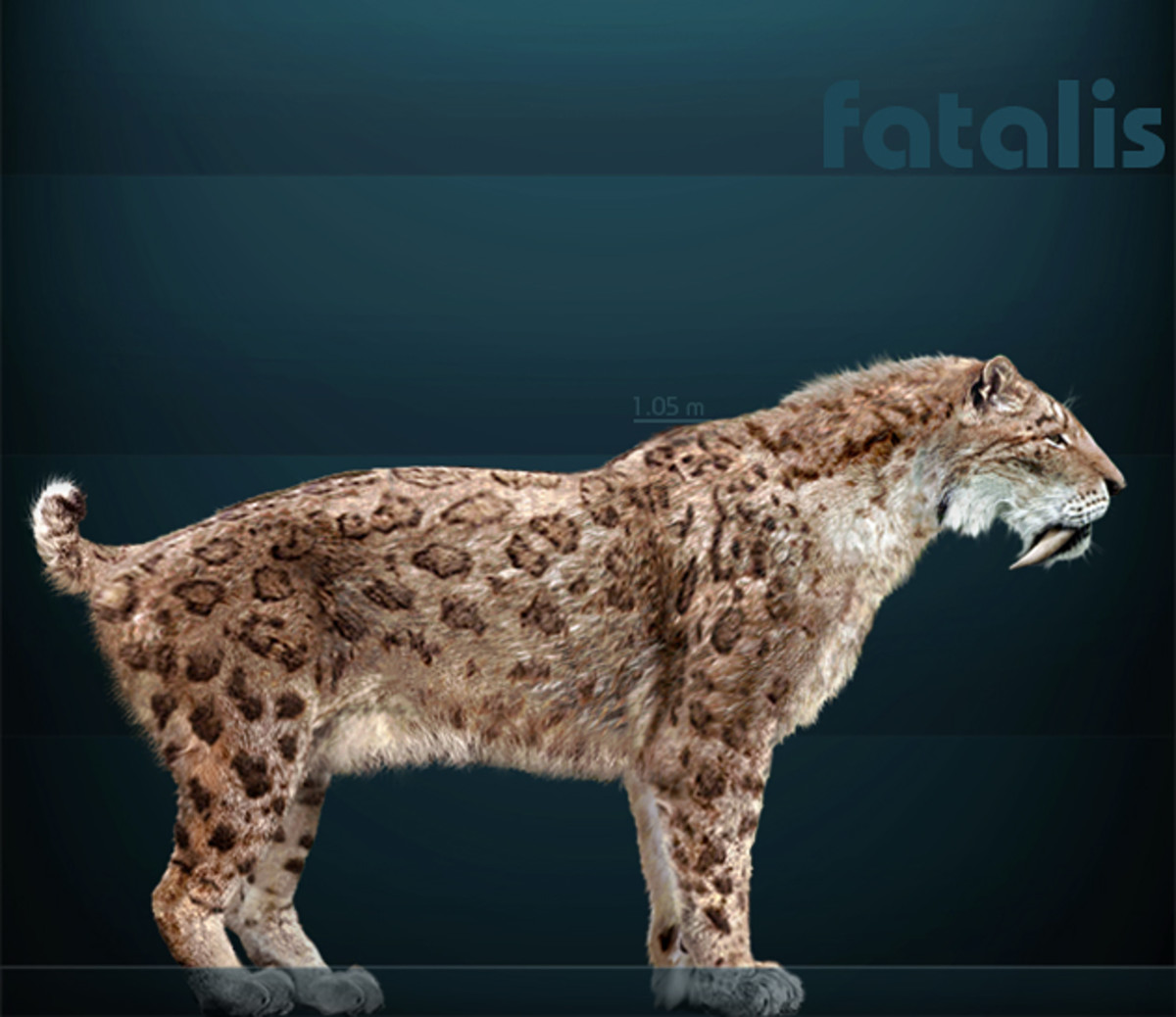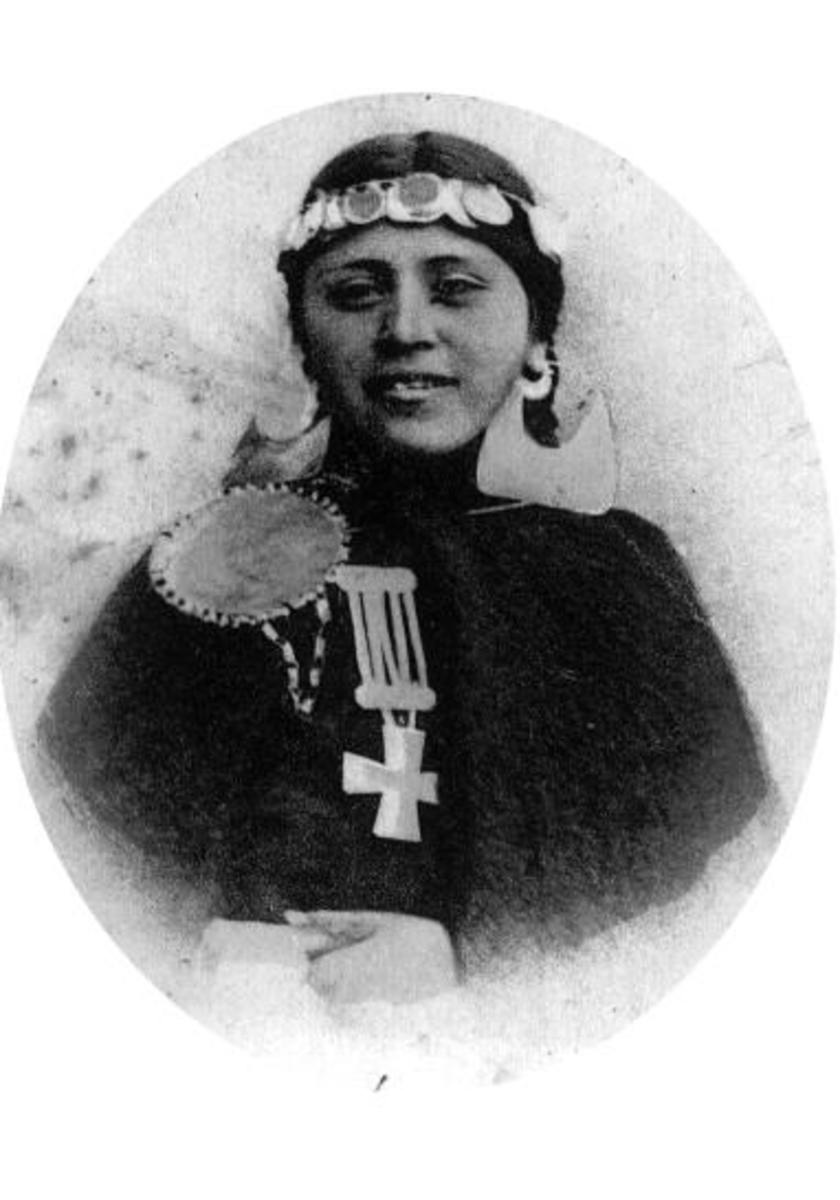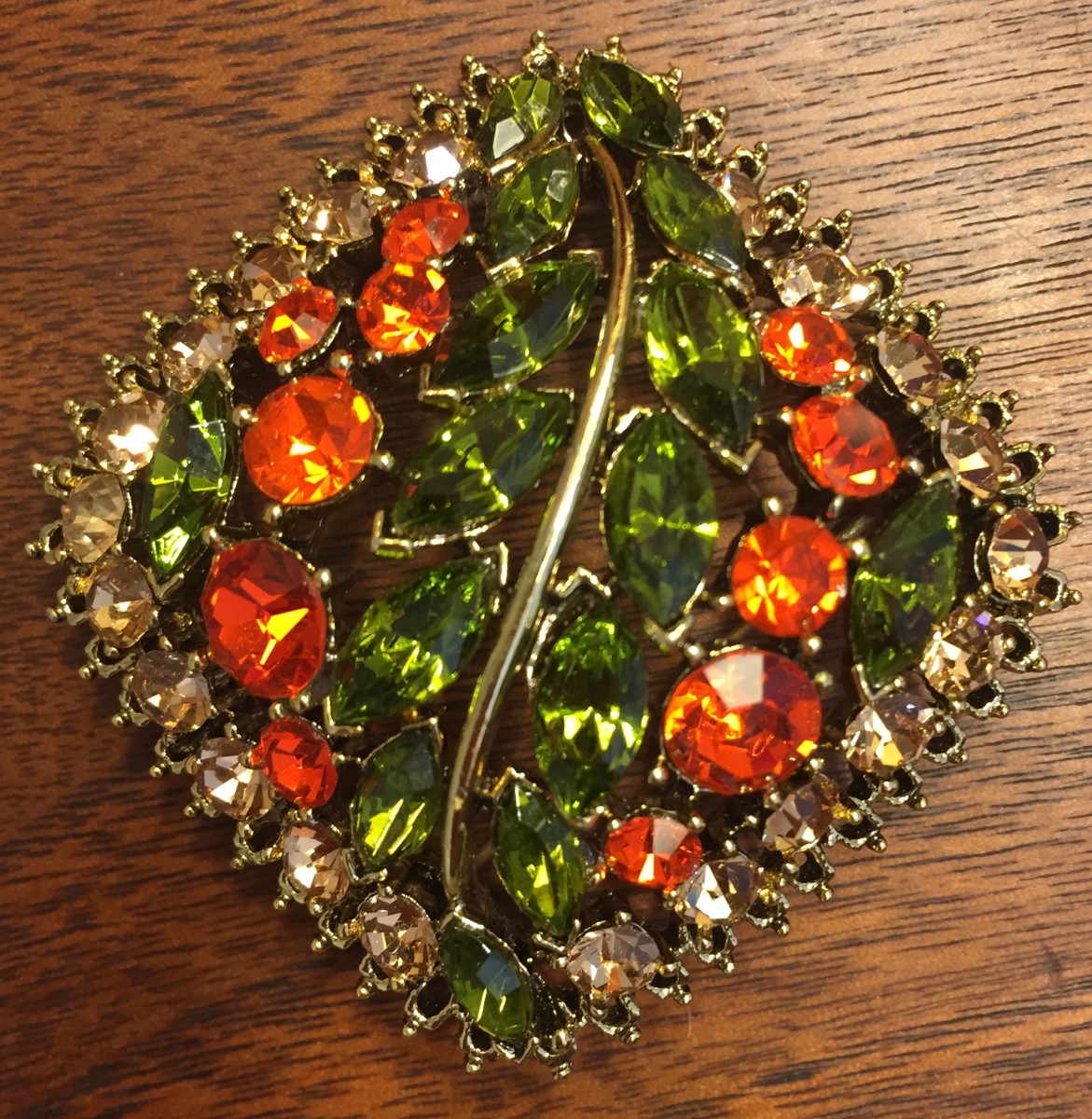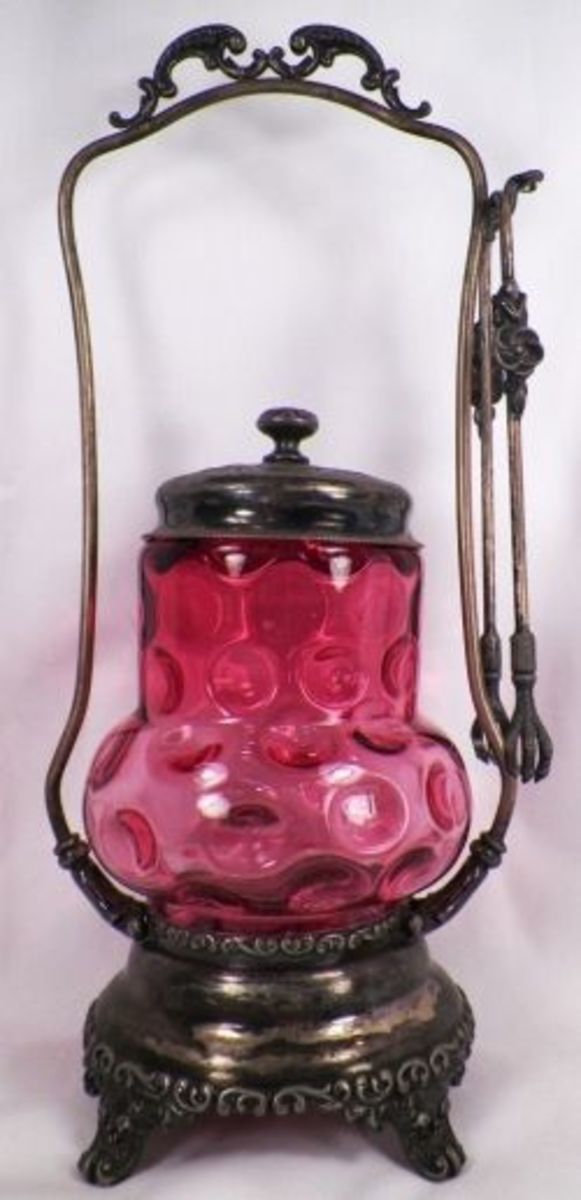Colombian Peso
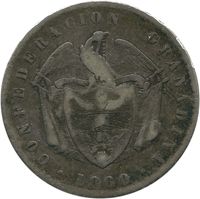
Currency of South America's Colombia
My personal coin collection, gathered mostly when my family was living in Central America, features mostly coins from Latin America. I believe that I do have a Colombian peso or two in my coin collection. I thought it would be interesting to research these coins a little more deeply and find out more about the stories that go behind all of these pictures. Although the Colombian "peso" features a picture of a bird, and it is the chosen currency of a country that has beachfront property on both sides of the American continent, facing both the Pacific and Atlantic Oceans, obviously Colombia is not in North America. Colombia is located in South America, south of Panama, but there was a time when Colombia was a part of Panama and its fate linked to Central America. The peso was adopted as Colombia's monetary unit in 1837, following the nation's independence from Spain, replacing the Spanish real, although Colombia continued to undergo several changes in name and territorial boundaries throughout the 19th century. The current boundaries of Colombia were established only in the 20th century. The Colombian peso was originally worth eight reales. However, after the currency was decimalized in 1847, the peso was subdivided into 10 reales. The 1860 coin pictured here bears the emblem of the Granadine Confederation (Spanish: Confederación Granadina) which was established in 1858 and lasted five years combining the territories of Colombia and Panama. After a constitutional revision in 1863 the country's name was changed to the United States of Colombia. In July of 2011 the exchange rate was about 1,750 Colombian pesos to one U.S. dollar.
The Modern State of the Colombian Peso
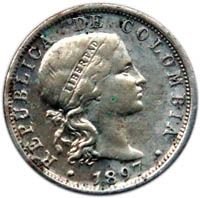
The Face of Lady Liberty
Lady Liberty's face appears on various coins of the Colombian peso as well as on other currencies of Latin America. The origins of this symbol are rooted in the goddesses of Roman mythology. This representation of liberty as Roman goddess figure also appears in various incarnations throughout the United States, most notably in New York harbor's Statue of Liberty and also atop the Capitol of Texas. The Boy Scouts also have donated about 200 replicas of the Statue of Liberty that are scattered around the country. There also are statues of female figures installed at various courthouses and public places that have been designated as representing freedom and justice.
The Colón of South America

The Colón of South America
Here we see a Colombian coin, 50 centavos of the peso, from 1892 commemorating the 400th anniversary of the discovery of the New World by Christopher Columbus, or Cristobal Colón as he is called in Spanish. OK, so was this the original colón that inspired the currency namesakes of El Salvador and Costa Rica or were the Colombians copying the Salvadorans or the Costa Ricans? But isn't the country of Colombia already named after the discoverer anyway so perhaps they have first dibs? And yet a similar picture of the discoverer has probably been known to appear on Salvadoran coins. Does this make El Salvador and Costa Rica additional states of Colombia? Given that Panama originally was part of Colombia, does that make Colombia a state of Central America? Generally speaking I suppose it really doesn't matter anyway. After all, nobody really owns Christopher Columbus, right? He belongs to the New World now so there is no going back to Italy. We perhaps do have too many of these Greek and Roman goddesses floating around as lawn décor in public places. We doubtless agree on this point. Nevertheless, we do not see the Jewish/Arab lobby rising up to squelch this incipient form of idolatry even though certainly they have a valid point. The injunction against graven images ranks highly right in the Ten Commandments, in case anyone forgot. It is unfortunate that American taxpayers have gotten very sentimentally attached to their lawn décor pork barrels and thus in the current political climate there is probably nothing that can be done about that realistically speaking. I cannot imagine anyone removing Lady Liberty from the top of the Texas Capitol building. Interesting thought, yes, but what can one poor taxpayer do against a rising tide of immigration? Don Quixote flailed against the tilting windmills of his time and succeeded only in impoverishing himself and inviting the scorn of the ignorant plebeian peasantry. You have to pick your battles and decide whether you can take that seriously or not. I don't know how this will work out but it does make you wonder what could happen.

Colombian Faces: Simon Bolivar
Simon Jose Antonio de la SantÃsima Trinidad Bolivar y Palacios Ponte y Blanco, commonly known as Simon Bolivar (1783-1830) was a Venezuelan military and political leader. Together with Jose de San Martin, he played a key role in Hispanic-Spanish America's successful struggle for independence from the Spanish Empire, and is today considered one of the most influential politicians in Latin American history. Following the triumph over the Spanish Monarchy, BolÃvar participated in the foundation of the first union of independent nations in Hispanic-America, a republic, which was named Gran Colombia, and of which he was president from 1819 to 1830. BolÃvar remains regarded in Hispanic-America as a hero, visionary, revolutionary, and liberator. During his lifetime, he led Colombia, Venezuela, Ecuador, Peru, Panama, and Bolivia to independence, and helped lay the foundations for democratic ideology in much of Latin America.
Colombian Faces: Policarpa Salavarrieta
Policarpa Salavarrieta (c. 1795 – November 14, 1817), also known as La Pola, was a Neogranadine seamstress who spied for the Revolutionary Forces during the Spanish Reconquista of the Viceroyalty of New Granada. She was captured by Spanish Royalists and ultimately executed for high treason. She is now considered a heroine of the independence of Colombia.
Colombian Faces: Calarca
A coin issued first in 1952 memorializes Calarca, a cacique or chieftain of the Pijaos, an aboriginal Indian tribe that resisted occupation by the Spanish conquerors. The Pijao chieftain Calarca died in 1612 during a battle on the plains of Chaparral, killed with a lance wielded by Don Baltazar, a Coyaima chieftain who was fighting with the Spanish. Destruction of the Pijaos opened the "Gran Tolima" valley for settlement that was to come in the 17th century. The city of Calarca, located east of the city of Armenia, capital city of the Colombian department of Armenia, is also sometimes called "La Villa del Cacique" which means "The Villa of the Chieftain."
Policarpa Salavarrieta:
Colombian Faces: Jorge Eliiecer Gaitan Ayala
Jorge Eliecer Gaitan Ayala (1903-1948) was a politician, a leader of a populist movement in Colombia, a former Education Minister (1940) and Labor Minister (1943-1944), mayor of Bogota (1936) and one of the most charismatic leaders of the Liberal Party. He was assassinated during his second presidential campaign in 1948, setting off the Bogotazo and leading to a violent period of political unrest in Colombian history known as La Violencia (approx. 1948-1958).
Currency News From Colombia
- Colombian Currency Gains on Greek Austerity Vote, Trade Outlook
Colombia's peso gained after the Greek parliament approved austerity measures needed to win European bailout funds and stave off default, boosting demand for higher-yielding, emerging-market assets. - Colombian currency drops 2.12 pct on world woes
Colombia's peso currency COP2=STFX COP=STFX fell 2.12 percent on Monday to 1,860 versus the U.S. dollar on global economic fears, in its largest intra-day fall since the end of 2010. (Reporting by Bogota Newsroom) - A new Colombian peso
Colombia's central bank has recently discussed and presented to members of congress the idea of a new peso. The measure would consist of slashing three zeros from the end of the current Colombian Peso (COP) to create the New Colombian Peso. For newco - Colombia Peso Volatility Falls as Traders Bet on Measures
Traders are cutting bets for swings in the Colombian peso on speculation policy makers will put the brake on a rally that's made the currency the best performer in emerging markets this quarter.




